Summary | Excerpt | Reviews | Beyond the Book | Read-Alikes | Genres & Themes | Author Bio
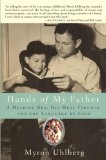
 Book Reviewed by:
Book Reviewed by:
Beth Hemke Shapiro
Buy This Book
This article relates to Hands of My Father
Hundreds of years of evolution have shaped American Sign Language (ASL), today the main sign language for deaf people in the U.S., parts of Canada and Mexico, and many other countries around the world. Derived in part from the personal hand signal repertoires of many deaf individuals, ASL has grown to become a fully functional language, a medium of higher education, and a central part of Deaf culture.
The deaf have always developed their own means of communicating through signals, long before any attempt was made to standardize these into a formal language. Nearly three hundred years ago, a spate of deaf births on Martha's Vineyard gave rise to a unique sign language on the island. One of the earliest attempts to extend beyond a small community and create a consistent and teachable language is credited to Abbe Charles Michel de l'Epee, who developed Old French Sign Language in the 18th century. In 1817, Thomas Hopkins Gallaudet co-founded the American Asylum for the Deaf and Dumb in the U.S., now known as the American School for the Deaf. It was at this institution that ASL was formally created, influenced by many sign languages used in deaf homes.
Education for the deaf flourished in the U.S. with the founding of the Columbia Institution for the Instruction of the Deaf and Dumb and Blind in 1857 with Thomas Hopkins Gallaudet's son as its first superintendent, and his deaf widow as matron. In 1954 the school was renamed Gallaudet College, and, due to its continued growth it is now an accredited university in which ASL and English are both used as languages of instruction.
As Gallaudet University searches for a new president, the question of whether this leader will be deaf or hearing has been highly controversial, in part because many Deaf culture advocates struggle against the perception of deafness as a disability, and strongly oppose surgical techniques to treat deafness. The same cultural norms place heavy importance on signing, and oppose teaching deaf children orally or through lip-reading without accompanying signs.
Deaf culture's emphasis on sign is understandable, since most linguists view sign language to be as varied and complete as any oral language. One unique feature of sign is its ability to produce meaning from different visual aids simultaneously. Hands, facial expression, and body posture can all communicate together at once, whereas, with the exception of tone, oral language is primarily sequential.
While some countries are deeply influenced by ASL, many have sign languages with unique histories. For example, Nicaraguan sign language was standardized when the country's first school for the deaf opened. Interestingly, while the U.S. and the United Kingdom share the same written English language, their sign languages differ dramatically. Sign languages around the world contain grammar distinct from that of the written languages of their countries. And just like written and spoken languages, ASL and other sign languages evolve and change.
Interesting Links
Filed under Society and Politics
![]() This article relates to Hands of My Father.
It first ran in the February 19, 2009
issue of BookBrowse Recommends.
This article relates to Hands of My Father.
It first ran in the February 19, 2009
issue of BookBrowse Recommends.
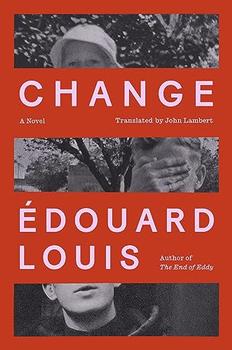
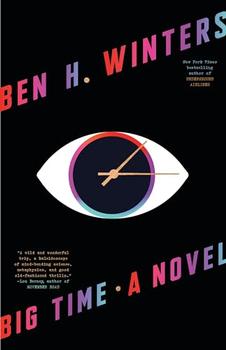
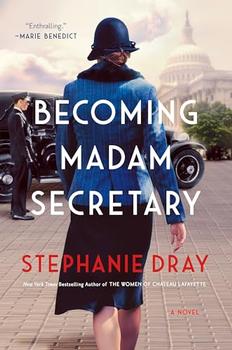
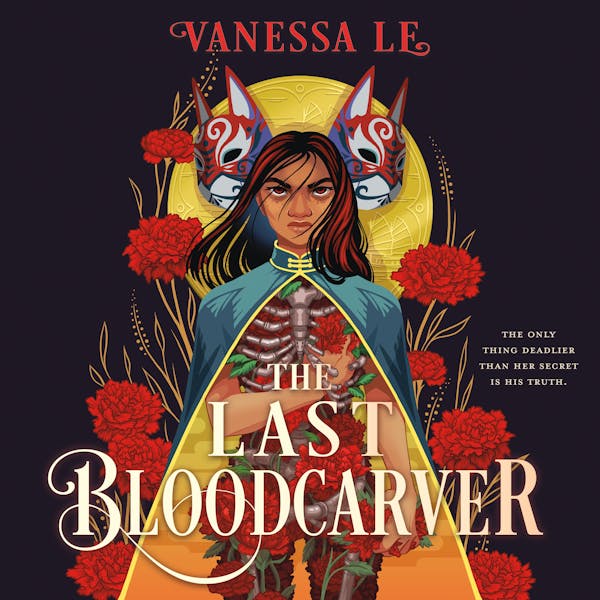
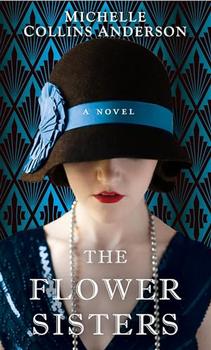
The Flower Sisters
by Michelle Collins Anderson
From the new Fannie Flagg of the Ozarks, a richly-woven story of family, forgiveness, and reinvention.
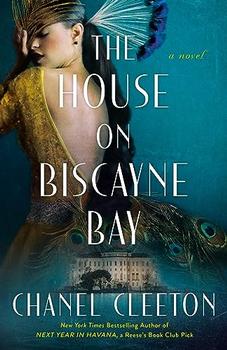
The House on Biscayne Bay
by Chanel Cleeton
As death stalks a gothic mansion in Miami, the lives of two women intertwine as the past and present collide.

The Funeral Cryer by Wenyan Lu
Debut novelist Wenyan Lu brings us this witty yet profound story about one woman's midlife reawakening in contemporary rural China.
Your guide toexceptional books
BookBrowse seeks out and recommends the best in contemporary fiction and nonfiction—books that not only engage and entertain but also deepen our understanding of ourselves and the world around us.